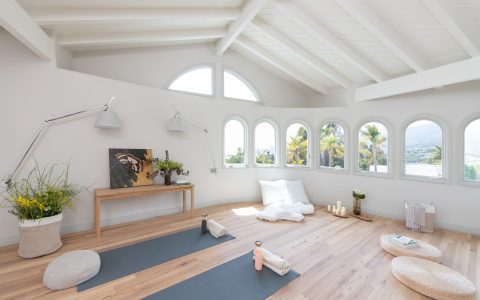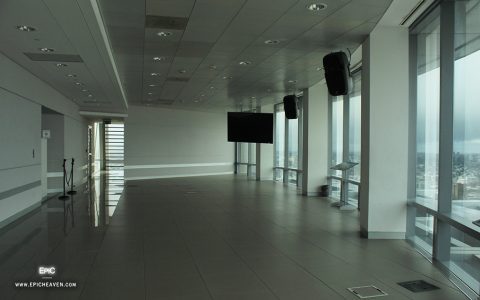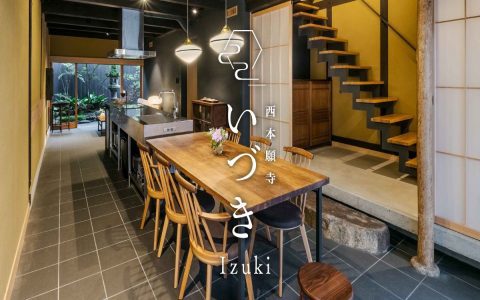Glassware design marries art, science, and ergonomics to create objects that are both functional and aesthetically pleasing. The process considers the intended use, material properties, manufacturing techniques, and the user's interaction with the final product.
Key Considerations in Glassware Design
- Functionality: The primary purpose dictates the form. For example, a wine glass is shaped to enhance aroma and direct wine to specific taste buds, while laboratory glassware prioritizes precision, visibility, and resistance to chemicals and thermal shock.
- Material Selection: The type of glass (e.g., soda-lime, borosilicate, crystal) is crucial. Considerations include clarity, brilliance, weight, durability, thermal resistance, and cost. Each material offers different aesthetic and performance characteristics.
- Aesthetics & Form: This involves the visual appeal, including shape, proportion, balance, color, and surface texture. Design trends and historical styles can influence aesthetic choices, but timeless design often prioritizes clean lines and harmonious proportions.
- Ergonomics & Haptics: How the glassware feels in the hand is vital. This includes weight distribution, grip comfort, stability, and, for drinkware, the feel of the rim against the lips. A well-designed piece should be intuitive and pleasant to use.
- Manufacturing Process: Design feasibility is linked to production methods such as blowing (mouth-blown or machine-blown), pressing, or molding. Complex shapes or intricate details can significantly impact manufacturing costs and scalability. Designers must understand the limitations and possibilities of chosen techniques.
- Durability & Safety: Glassware must be robust enough for its intended use and cleaning methods. Design considerations include wall thickness, rim treatment (e.g., heat-strengthened, laser-cut), and base stability to prevent chipping, cracking, or tipping.
Design Process Overview
The design journey typically involves:
- Brief & Research: Understanding user needs, market trends, and functional requirements.
- Conceptualization: Sketching, 2D rendering, and 3D modeling to explore forms and ideas.
- Prototyping: Creating physical models (often using 3D printing or traditional glassmaking techniques for initial samples) to evaluate ergonomics, aesthetics, and functionality.
- Testing & Refinement: Iterative improvements based on user feedback, technical assessments, and manufacturing consultations.
- Production Specifications: Finalizing detailed drawings and specifications for mass production.
Specialized Glassware Design
Different categories of glassware have unique design priorities:

- Beverage Ware: Specific shapes are designed to optimize the experience of consuming particular drinks (e.g., a tulip shape for craft beer to retain aroma, a coupe for cocktails to showcase color and allow for garnishes).
- Tableware (General): Includes tumblers, water glasses, and carafes, focusing on versatility, stackability for storage, and complementing a range of dining settings.
- Scientific & Laboratory Glassware: Precision, chemical inertness, thermal stability, and ease of measurement are paramount. Standardization is often key.
- Decorative Glass: Emphasizes artistic expression, with form, color, and technique taking precedence over pure functionality, though usability is often still a factor.
Successful glassware design achieves a seamless integration of these elements, resulting in products that are effective, durable, and provide a positive user experience.







